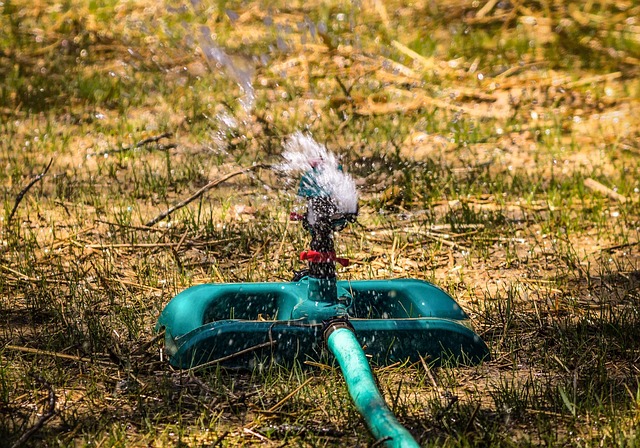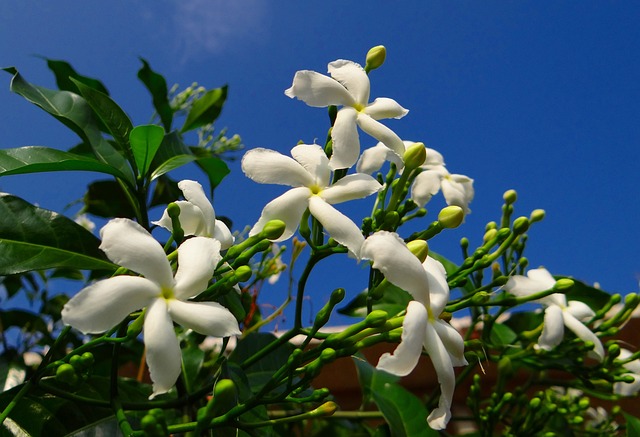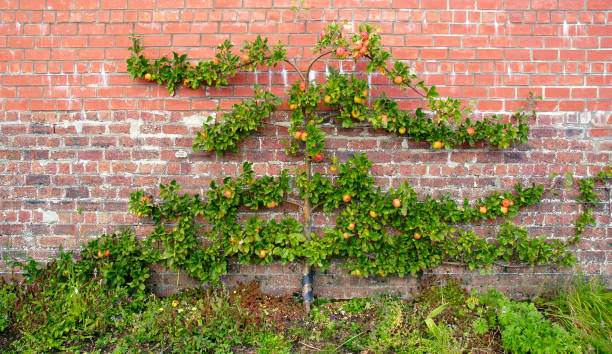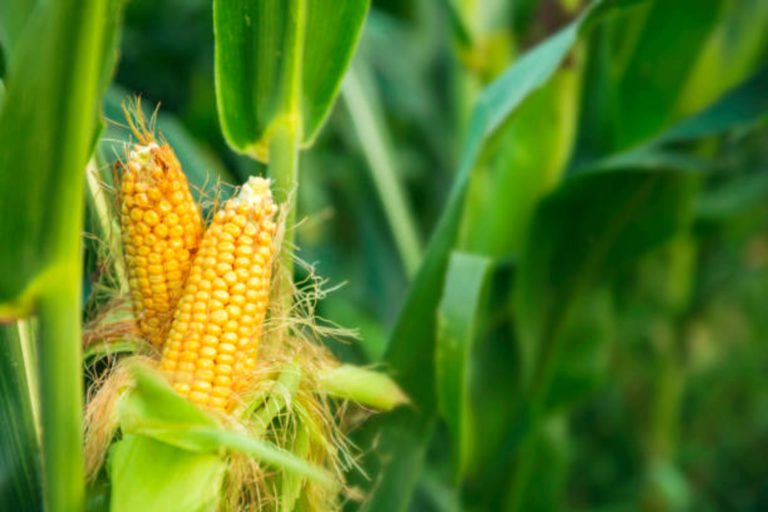How to Thicken up a Beech Hedge? 2 Best ways
Creating a dense and lush beech tree hedge can transform your landscape into a private sanctuary of natural beauty.
Whether you’re looking for a classic hedge that offers both aesthetic appeal and privacy or simply aiming to bolster the health of your beech trees, learning how to thicken them is a key step.
The expert techniques that top gardeners and landscapers use to make beech hedges flourish, ensure your outdoor space is not only picturesque but also an eco-friendly haven.
From strategic pruning to smart fertilization, we’ve got you covered with tips and tricks to help you achieve a stunning and vibrant beech hedge that stands out in your neighbourhood.
How to Thicken up a Beech Hedge?
To thicken up a beech hedge, trim the leading shoot and longer shoots by up to one-third towards the end of the summer.
Additionally, regularly prune the hedge to encourage lateral growth, and consider fertilizing to promote healthy foliage density.
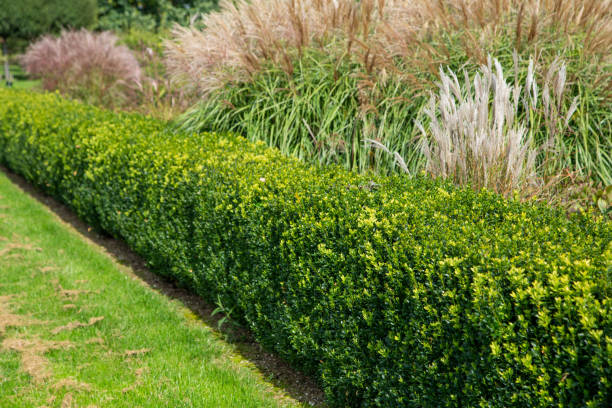
2 Best ways of thickening the beech tree hedges:
Space Planning:
When planting beech hedges, plan for the mature size of the trees. Allow enough space between saplings to accommodate their width at maturity.
Pruning:
Regularly prune and trim beech hedges to encourage lateral growth and maintain shape. For beech trees, prune sparingly to correct structure and remove dead or damaged branches.
How do you grow a beech tree and thicken hedges?
Growing beech trees and hedges is a rewarding endeavour that can enhance the beauty and privacy of your landscape. Here’s a step-by-step guide on how to grow them:
Choose the Right Variety:
Select the beech tree variety that suits your climate and space. European beech (Fagus sylvatica) is popular for hedges, while American beech (Fagus grandifolia) is common for standalone trees.
Site Selection:
Pick a well-drained location with full to partial sunlight. Beech trees prefer slightly acidic to neutral soil with good fertility.
Soil Preparation:
Prepare the soil by loosening it and adding organic matter like compost. This improves drainage and provides essential nutrients.
Planting:
For trees, dig a hole as deep as the root ball and twice as wide. For hedges, plant the saplings at the desired spacing, typically 2-3 feet apart. Be sure the root collar is level with the soil surface.
Watering:
Keep young beech trees well-watered, especially during their first year. Water deeply and consistently to establish a healthy root system.
Mulching:
Apply a layer of organic mulch around the base of the tree or along the hedge. Mulch helps conserve moisture, regulate soil temperature, and reduce weed competition.
Fertilisation:
Fertilize sparingly, especially if soil tests indicate nutrient deficiencies. Use a balanced, slow-release fertiliser in spring or fall.
Patience:
Beech trees and hedges are relatively slow growers, so be patient and allow them time to establish and flourish.
Monitoring:
Regularly inspect your trees and hedges for signs of stress, disease, or pest infestations. Address any issues promptly to ensure their health and vitality.
Caring for beech trees and hedges:
Caring for beech trees and hedges involves several essential steps to ensure their health and vitality. Here’s a comprehensive guide:
Pruning and Trimming:
Regular pruning and trimming are crucial for beech hedges. Start by shortening the leading shoot and longer branches by up to one-third, ideally in late winter or early spring. This encourages lateral growth, making the hedge denser.

Timing Matters:
Timing is key when caring for beech trees and hedges. Pruning should be done in late winter or early spring when the trees are dormant, but avoid doing so in late summer or early fall, as this can attract pests and disease.
Fertilisation:
Beech trees and hedges benefit from occasional fertilization, especially if the soil lacks essential nutrients. Use a balanced, slow-release fertiliser to support their growth and overall health.
Watering:
Adequate watering is essential, particularly for young beech trees. Keep the soil consistently moist but not waterlogged. During dry spells, be sure to provide extra hydration to prevent stress and maintain vibrant foliage.
Mulching:
Apply a layer of mulch around the base of your beech trees and hedges. Mulch helps retain moisture, regulate soil temperature, and reduce weed competition, creating a more favourable environment for your plants.
Disease and Pest Management:
Keep a watchful eye for common issues such as beech scale, powdery mildew, and beech bark disease. Early detection and treatment are essential to prevent these problems from spreading and causing harm to your trees and hedges.
Sunlight:
Beech trees thrive in full to partial sunlight. Ensure that your trees and hedges are planted in a location that receives adequate sunlight throughout the day to promote healthy growth and lush foliage.
Wind Protection:
Beech trees are sensitive to strong winds. If your area is prone to harsh winds, consider installing windbreaks or other protection to shield your trees and hedges from potential damage.
Regular Inspection:
Periodically inspect your beech trees and hedges for signs of stress, disease, or pest infestations. Early intervention can save your plants and maintain their beauty.
Patience:
Lastly, remember that beech trees and hedges are relatively slow growers. Be patient and consistent in your care routine, and over time, you’ll enjoy the rewards of a thriving, robust hedge or tree line that adds beauty and privacy to your landscape.
Problems with beech trees and hedges:
Beech trees and hedges, while stunning and iconic, are not immune to a range of potential problems that can affect their health and appearance. Here are some of the key issues you should be aware of:
Beech Bark Disease:
This destructive ailment is caused by a combination of a scale insect and a fungus. It weakens the tree’s defences, leading to cankers, dieback, and ultimately, tree mortality.
Beech Hedge Pests:
While not exclusive to beech, various pests, such as aphids, can affect the health and appearance of beech hedges. They feed on the plant’s sap and can distort new growth.
Drought Stress:
Beech trees are sensitive to drought conditions. Extended periods of water scarcity can lead to leaf scorch, leaf drop, and overall decline in tree health.
Soil Compaction:
Soil compaction around the roots can reduce aeration and water infiltration, making it difficult for the tree to access essential nutrients and moisture.
Pruning Mistakes:
Incorrect pruning or trimming practices, like excessive cutting during the growing season, can stress the tree or hedge and lead to sparse growth.
Wind Damage:
Beech trees are sensitive to strong winds, which can lead to branch breakage and defoliation, impacting the tree’s aesthetics and overall health.
To maintain the beauty and vitality of your beech trees and hedges, it’s essential to be vigilant and address any of these issues promptly with appropriate care and treatments.
Regular monitoring and a proactive approach will help mitigate these problems and keep your beech trees and hedges thriving.
Frequently asked questions
When is the best time to prune a beech hedge for thickening?
The best time to prune a beech hedge is in late winter or early spring before new growth begins.
How much can I prune off a beech hedge at once?
It’s best to avoid severe pruning, especially if the hedge is overgrown. Gradual reduction over a few years is recommended to prevent shock to the plants.
What type of tools should I use for pruning my beech hedge?
Sharp pruning shears or hedge trimmers are suitable for trimming a beech hedge. Ensure they are clean and well-maintained.
Do I need to fertilize my beech hedge to make it thicker?
Fertilizing your beech hedge in the spring with a balanced, slow-release fertiliser can help promote healthy growth and density.
How often should I water my beech hedge to encourage thickness?
Beech hedges benefit from regular watering, especially during dry periods. Keep the soil consistently moist, but avoid waterlogging.
Can I use mulch around my beech hedge to help it thicken up?
Yes, applying a layer of organic mulch around the base of the hedge can help retain moisture, improve soil quality, and suppress weed growth.
What should I do if some parts of my beech hedge are thin or have dead branches?
Consider replacing those sections with new beech plants to improve density, or try selective pruning to encourage new growth in those areas.
How long does it typically take for a beech hedge to thicken up significantly?
Beech hedges are relatively slow-growing, so it may take several years of consistent care and maintenance to achieve the desired thickness.
Are there any common pests or diseases that can affect beech hedges and hinder thickening?
Yes, beech hedges can be susceptible to issues like aphids, powdery mildew, and beech scale. Regular inspection and appropriate pest and disease control measures are important.
Can I shape my beech hedge into different forms while thickening it?
Yes, beech hedges can be shaped into various forms, but it’s best to do so gradually over time to avoid stressing the plants.
What soil conditions do beech hedges like?
Beech hedges prefer well-draining, slightly acidic to neutral soil. They can tolerate a range of soil types but thrive in loamy soils. Good soil conditions with adequate organic matter will help your beech hedge grow and thicken.

